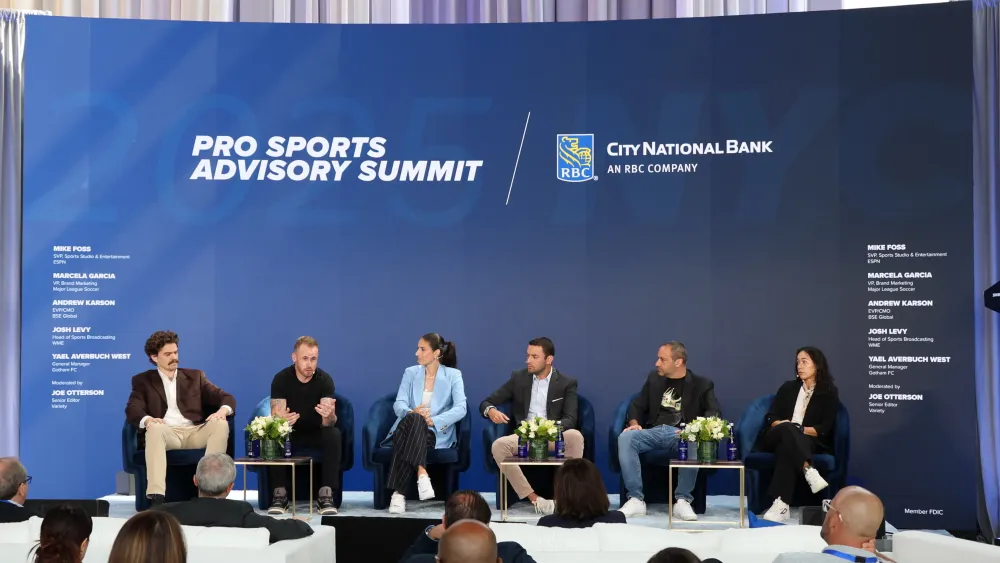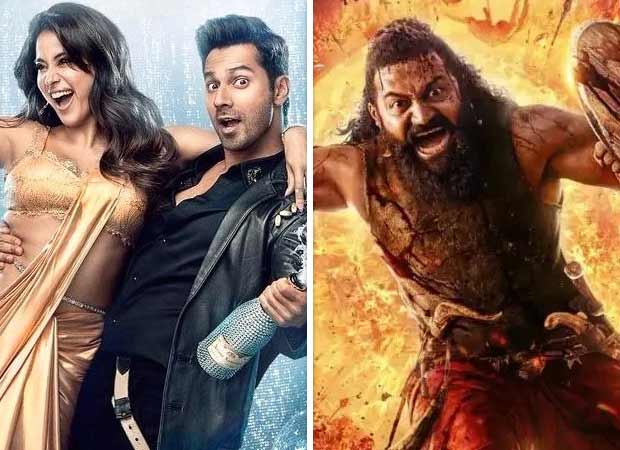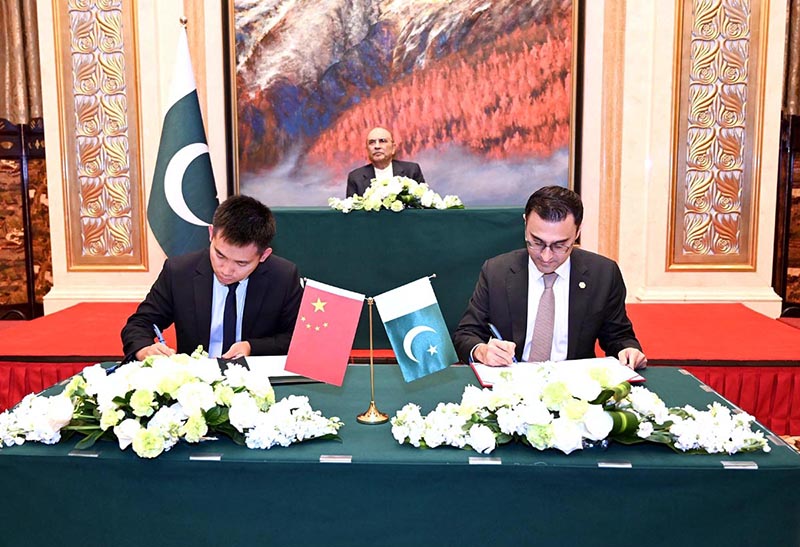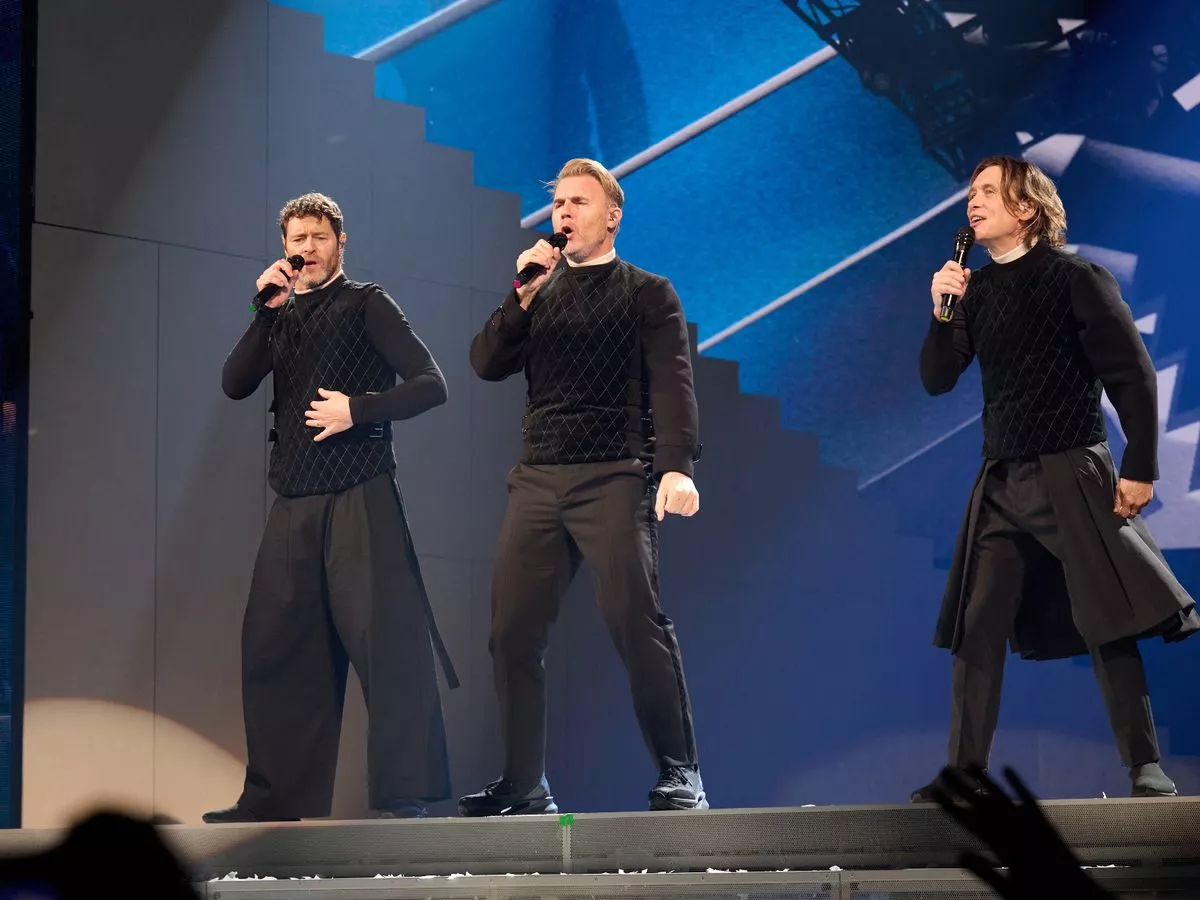
Athletes and entertainers came together on Sept. 30 at the City National Bank Pro Sports Advisory Summit to prove that the two terms are not mutually exclusive. The event, which took place at the Virgin Hotels New York in Manhattan, culminated in a final panel titled “Athletes in the Zeitgeist: Extending Fandom Beyond the Game,” powered by Variety.
Panelists included Marcela Garcia, president of marketing at Major League Soccer; Andrew Carson, executive vice president and CMO of Brooklyn Sports Entertainment; Josh Levy, WME’s head of sports broadcasting; Yael Averbuch West, Gotham Football Club general manager; and Mike Foss, senior vice president of sports studio and entertainment for ESPN. Variety‘s TV News Editor Joe Otterson moderated the panel.
Each panelist provided insight on the way general sports and individual athletes can harness media to tell stories, cultivate followings and build brands both on and off the field. As Garcia put it, she’s interested in “growing the game beyond the game,” and helping athletes and teams use a myriad of resources and outlets to connect with fans.
Foss concurred, adding that ESPN’s “mission for the past 40 years has been serving sports fans anytime, anywhere, but the ‘anywhere’ has changed pretty dramatically over the past 20 years.” While traditional sports media and game broadcasts are still a major part of the ecosystem, apps, tweets, podcasts, vlogs and videos have become just as large, and provide fans with greater access to their favorite sports figures.
“The key word I use is access,” said Levy. Touching on documentaries, podcasts and players who post frequently, he added, “It just makes the fan feel that much more connected, answering, ‘Who are these players beyond the field? What do they like to do?’ A lot of the times they’ll show them in their family life, with their kids and it takes the level of fandom a little bit deeper.”
Moreover, while athletes that make the transition to media, whether during or after their sports careers, were once relegated to sports analytics and commentary, the canvas has become much broader. Levy noted, “There are clients of ours who’ve been a little bit more targeted with, ‘I want to get across that I’m an expert in X. I love history. I love travel.’ I say, ‘Great. Let’s unpack that. Who can we partner with and maybe explore that?’” Players can now showcase their athletic prowess on the field and then appear on cooking shows, dancetoks or fashion podcasts after the game.
Carson, who’s enterprise encompasses the Brooklyn Nets and the New York Liberty, shared a story of one of his athletes, Cam Johnson, who was “incredibly passionate about astronomy,” so they ended up making a video with him and Neil deGrasse Tyson in the American History Museum, which grew into a partnership. “We filmed incredible content. One of the best performing pieces we had two seasons ago was actually a galaxy draft where the two of them picked nebulas and random stars and so on,” recalled Carson. “The athlete left incredibly thrilled. It was amazing for our fans.”
As these avenues for fan connection and exploration expand, there are also precautions. West explained that toxicity can go two ways on social media. “People see it and there’s a lot of it and it’s really challenging to help the athletes manage that,” she said, “I think that’s a new frontier of it that we try very hard at as a club, but there always can be more that can be done.”
While authenticity and accessibility are being explored and celebrated right now in sports, the leaders in these spheres are still grappling with the direction and guardrails that may need to be put in place to ensure that athletes and fans are both protected.
“Think before you type,” said Levy, but at the same time, social media is giving athletes the ability to explain things in their own terms. “These people are using it as a greater extension of what happened on the field or on the court,” Levy posited, “Instead of a camera being shoved in your face, I think it lets these people direct these things in their own words.”



